
Ex Libris
Inscribing Bookplates with Your Child's Name
Once we knew the date our three kids were coming home, my oldest sister threw us a “baby” shower. The support was staggering. In just a few days, we were completely outfitted for an entire family. Bunk beds, a cradle, quilts, toys, clothing, shoes, diapers, bottles, and more poured into our house and our hearts. For weeks, items continued to trickle in from friends and our church community. We were awash with gratitude for all we had received.
Along with the handcrafted gifts, can you guess what we treasured the most? A whole library of children’s books! They came from so many great families. We cherished those books because the new ones had been lovingly selected and the used ones had been loved on by our friends’ precious children.
I knew I wanted to remember the source of each of the books. So I decided to write a to/from tag inside the cover of each one. I used what I had at the time, which was nothing more than blank address labels and a sharpie, unaware that such a simple thing could become so precious. In addition, I didn’t know that “mom brain” was such a painful reality! I’m grateful I was inspired to keep a record.
As it turns out, I wasn’t the first person to think of this. Bookplates, or ex libris (Latin for “from the books of . . .”), were used clear back in the 15th century! Here is a fascinating brief history for those who dig this kind of stuff like I do.
With five kids in various stages, we have continually returned to those first board books, picture books, and chapter books. My husband and I have felt a special connection with those families every time we’ve read the storybooks they gifted us. And the first thing our kids do when they open one from our home library is check the label. Hopefully, they also feel immersed in the care and acceptance showered on us when they glance at those tags.
The cradle, clothing, and diapers were used daily until they were no longer needed. Then we found them different homes (in some cases the trash). But we still have our dear library. The bestowal of books, of stories, of words is incredibly meaningful to me. It is the offering of communication and learning, the opportunity for cuddles and closeness, the promise of time spent together imagining, adventuring, feeling. So if you are fortunate enough to receive a book as a gift, I hope you will consider marking the inside cover with both your name and your friend’s. You will forever be reminded of their loving kindness.
You can find all sorts of book labels to order in the form of stickers, stamps, or embossers. There’s no need to go all out; some simply use the address labels they have on hand. But if you’re looking for a bit of shopping therapy, a special gift for a friend, or if you’d like to attach tags to your own library of books, here are some links to peruse. Personally, I would recommend the labels. I selected those that were designed for children and had space to write who gifted the book, but you can find exactly what you want by doing a little extra digging. The stamps and embossers are merely for identifying the name of the owner. But that ensures they always get returned to you after they are loaned to a friend!
Labels
Ink Stamps
Embossers
What book do you treasure because of the person who gifted it to you? My answer is in the comments!
Happy book labeling!

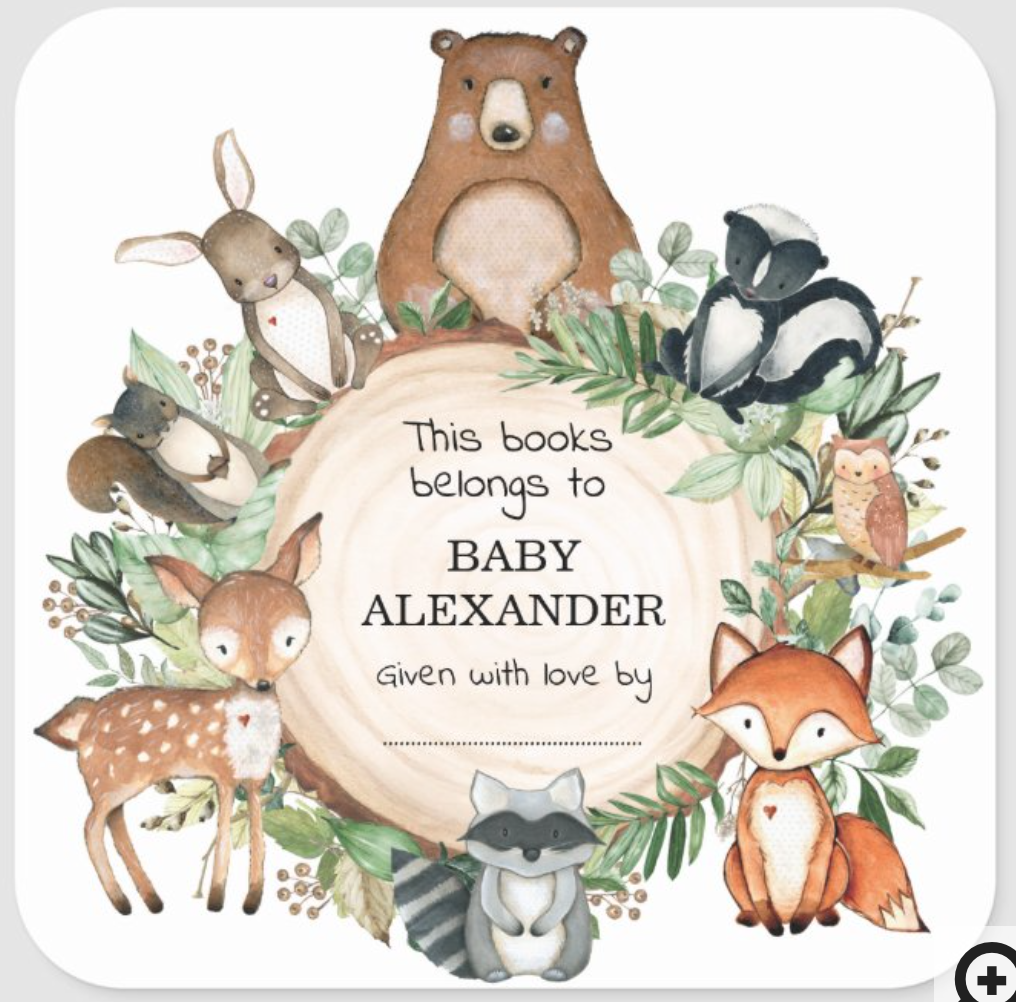
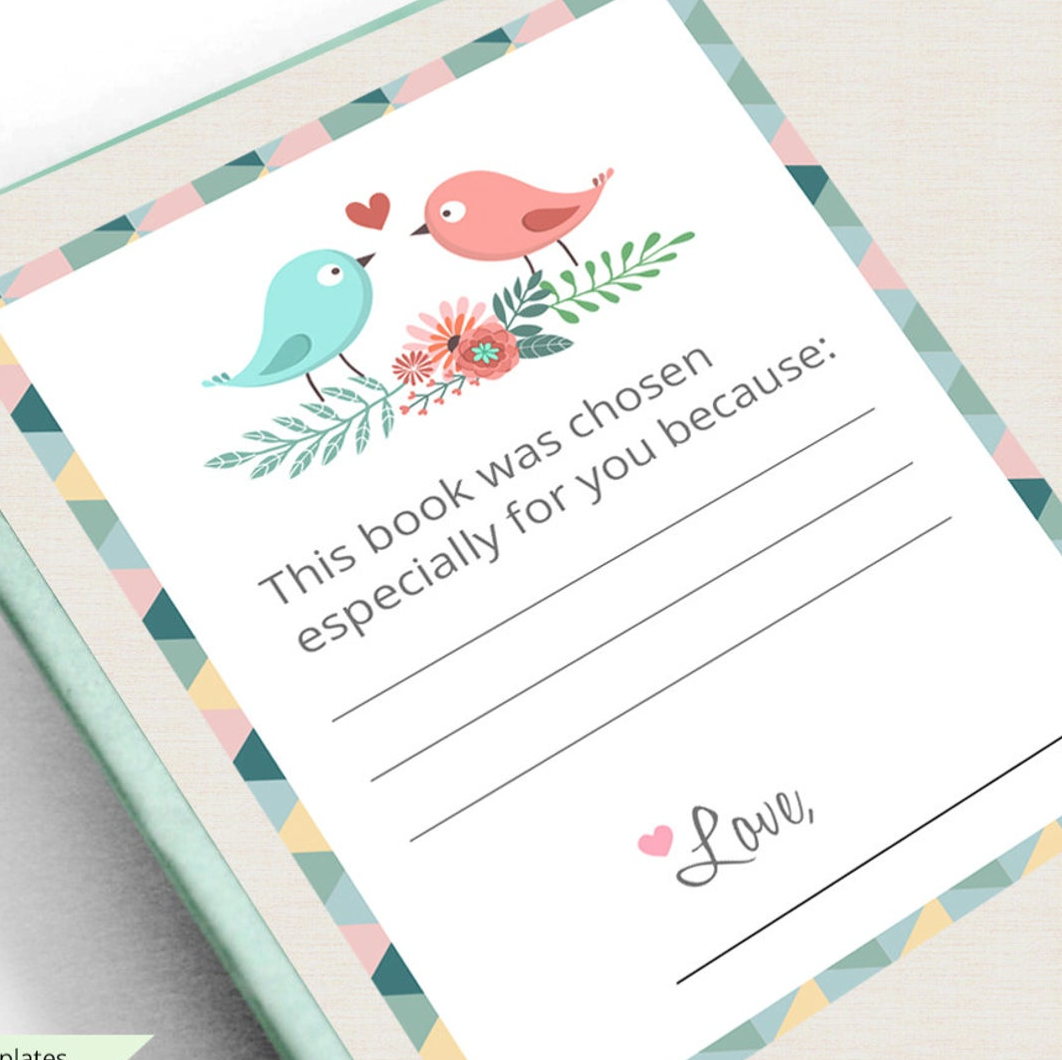
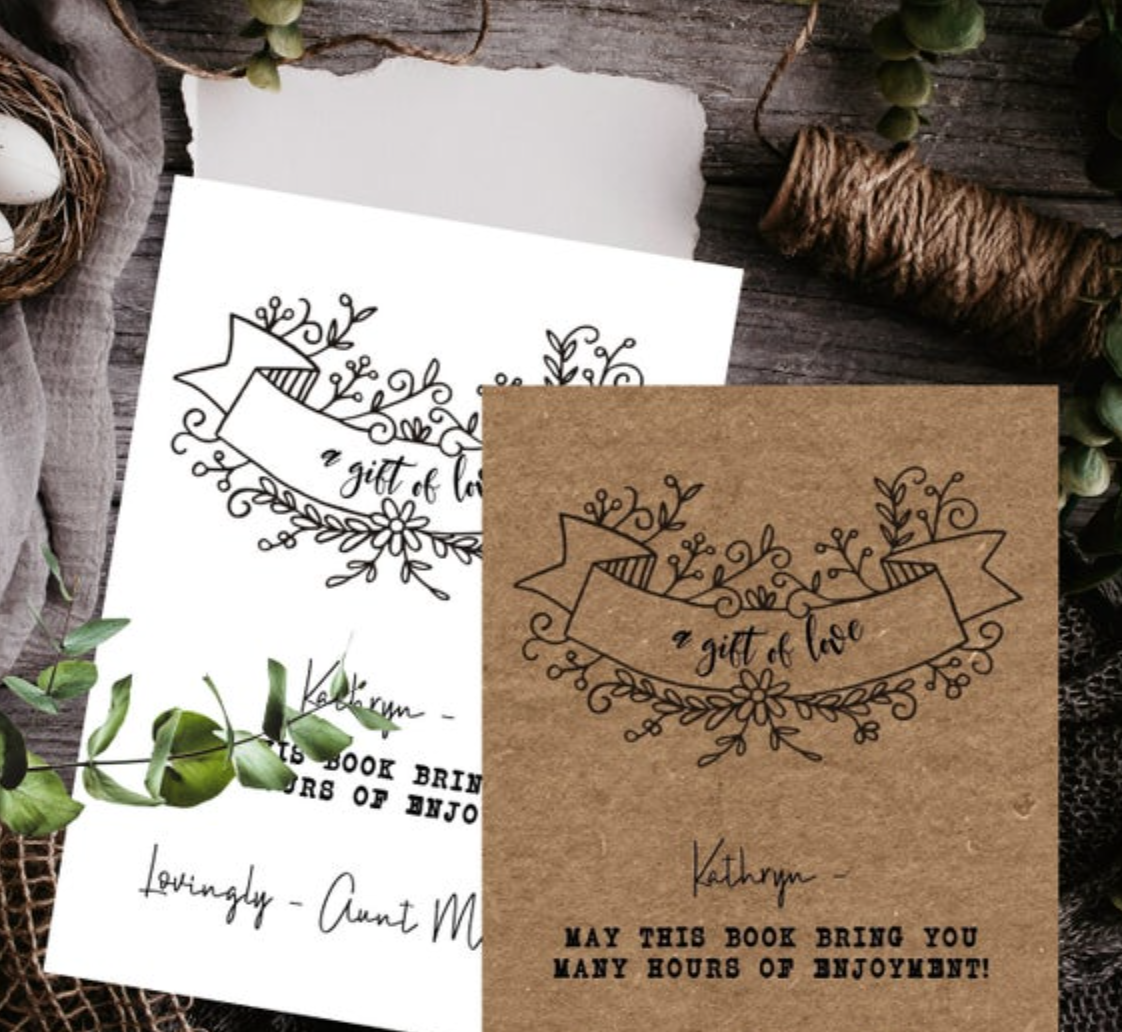
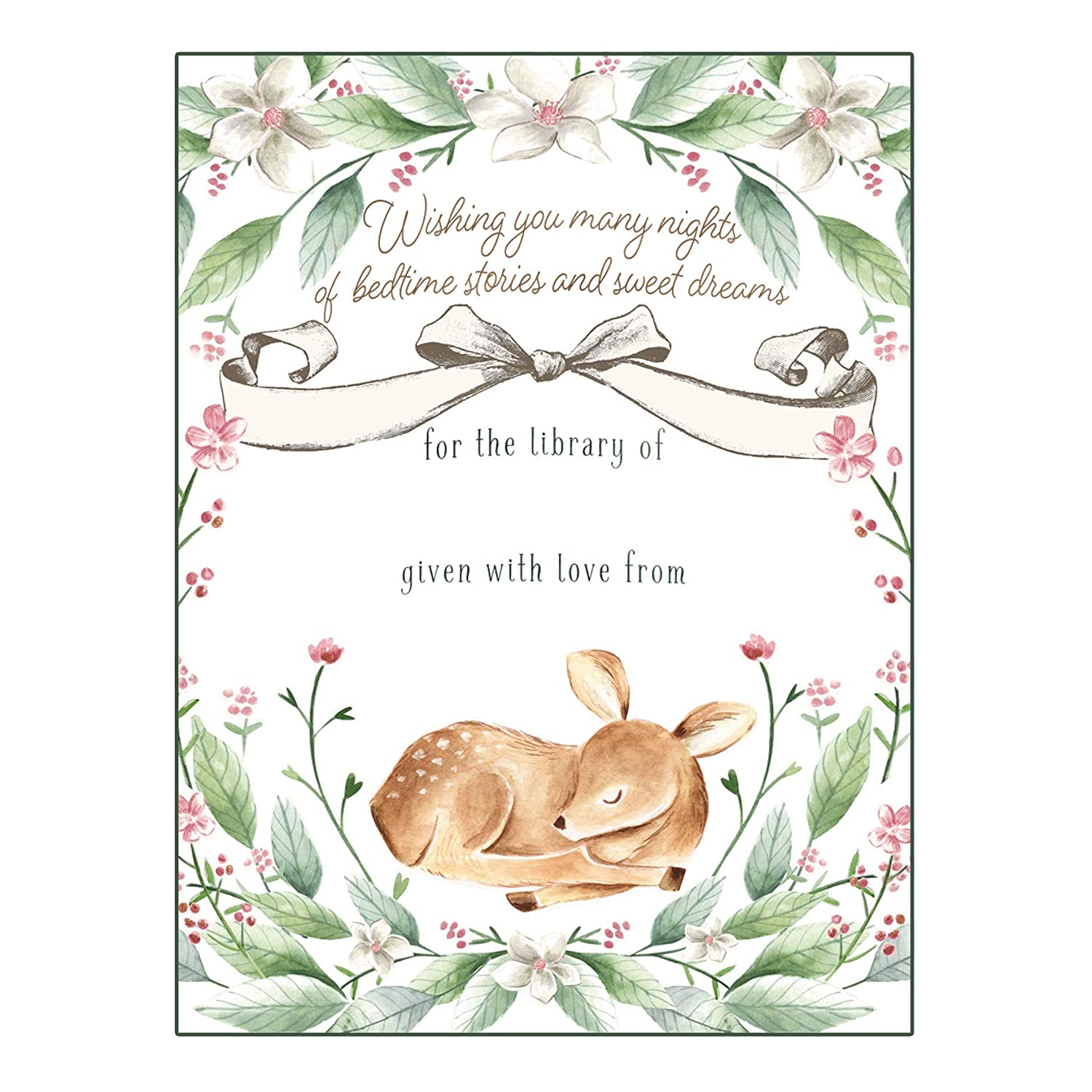

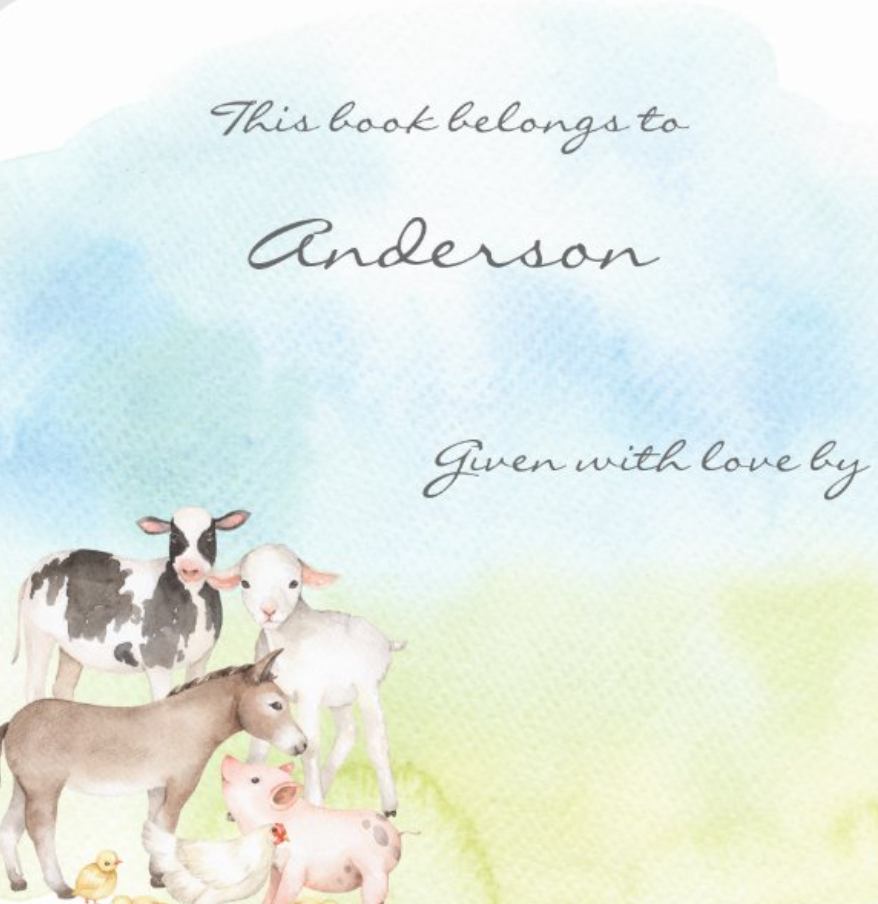
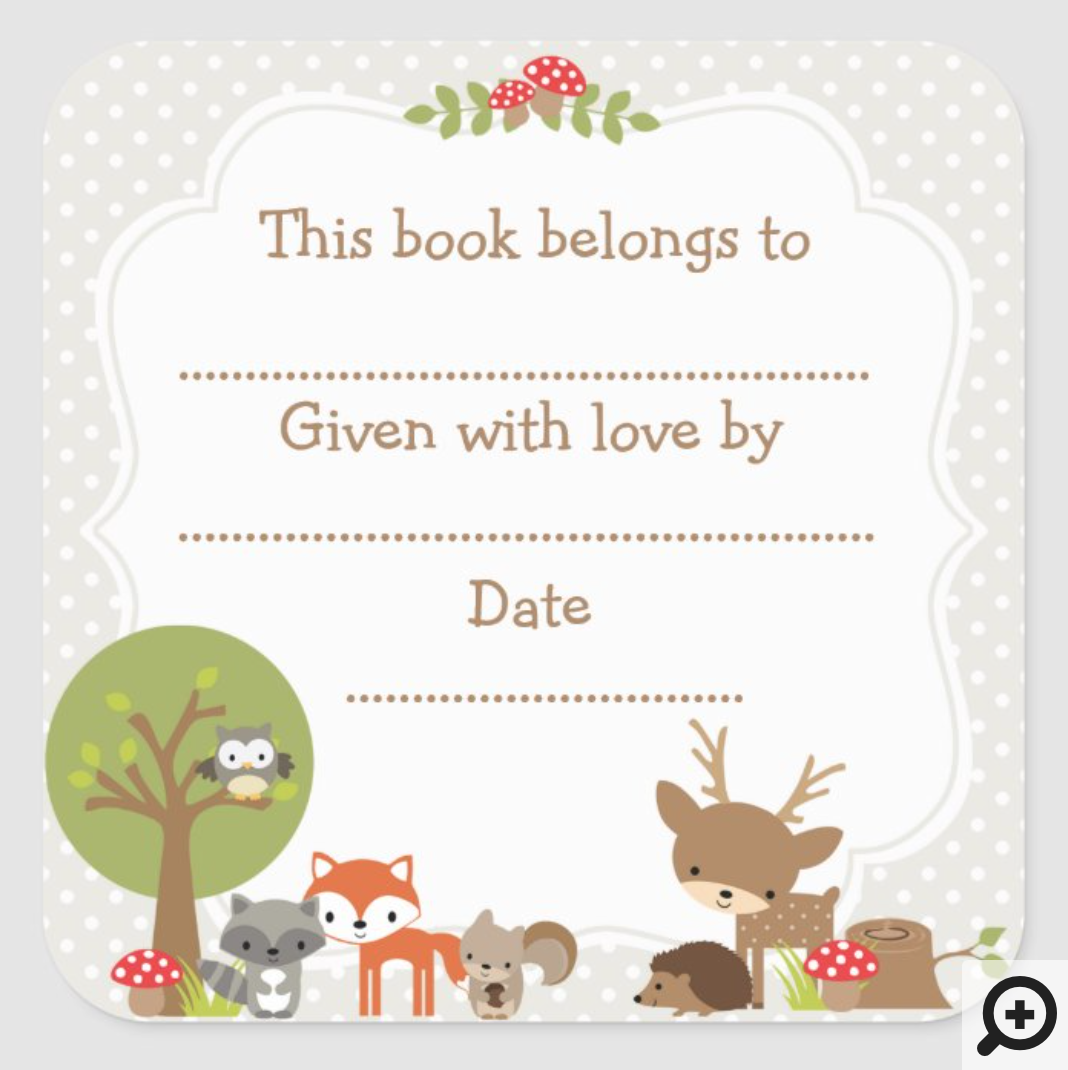
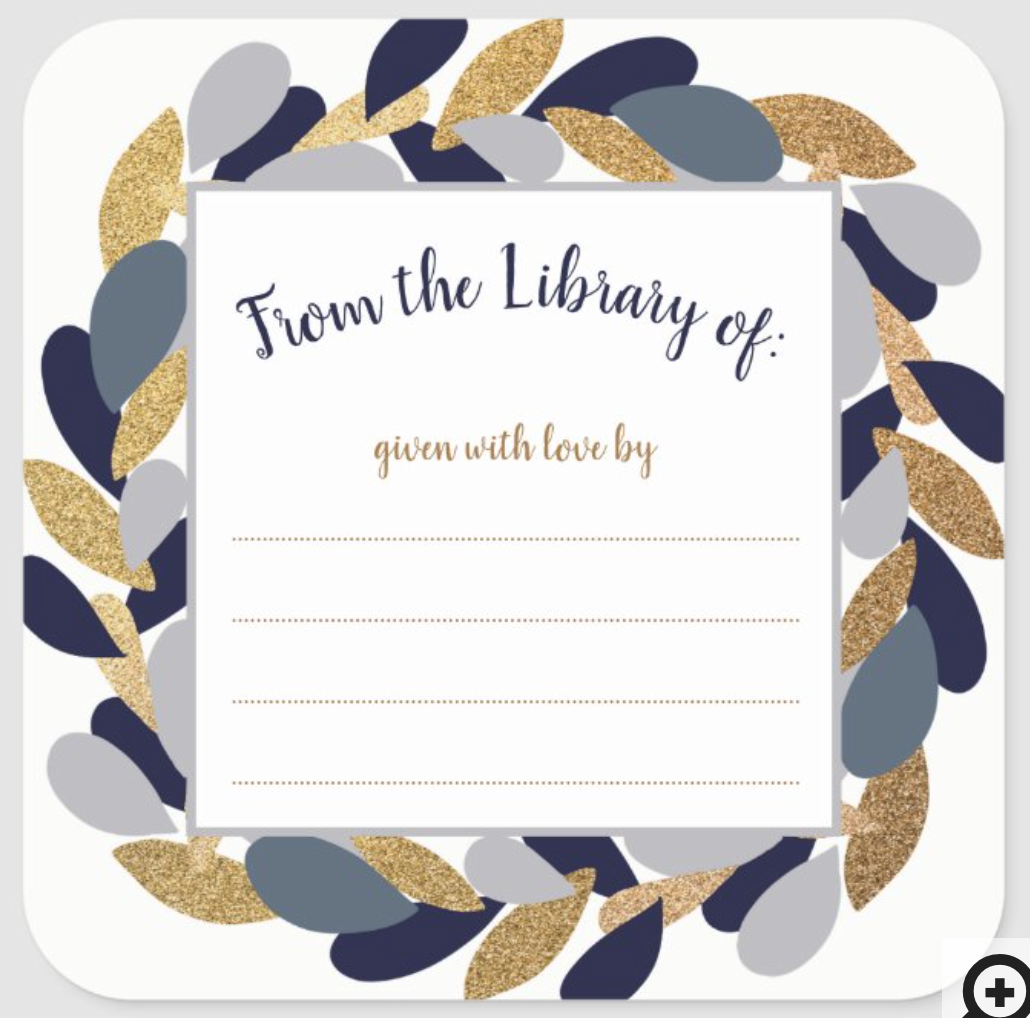


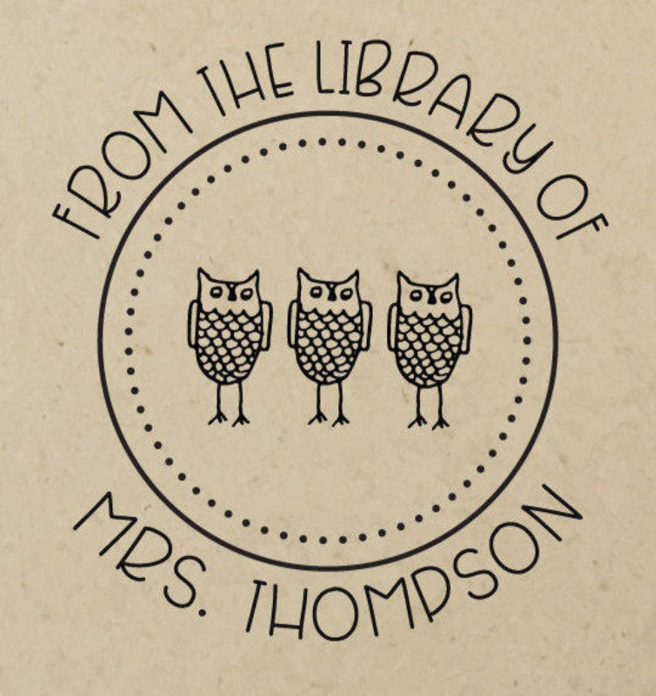
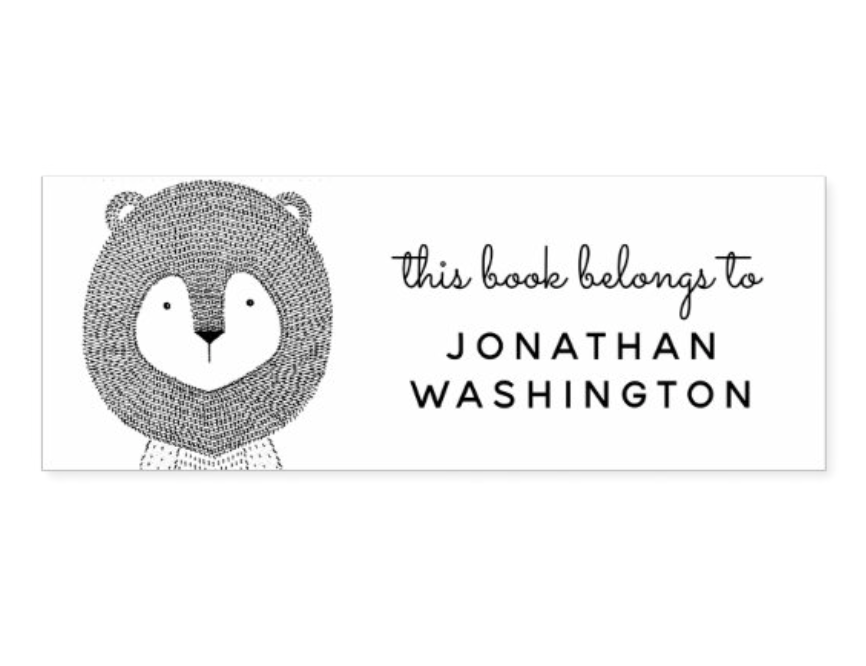
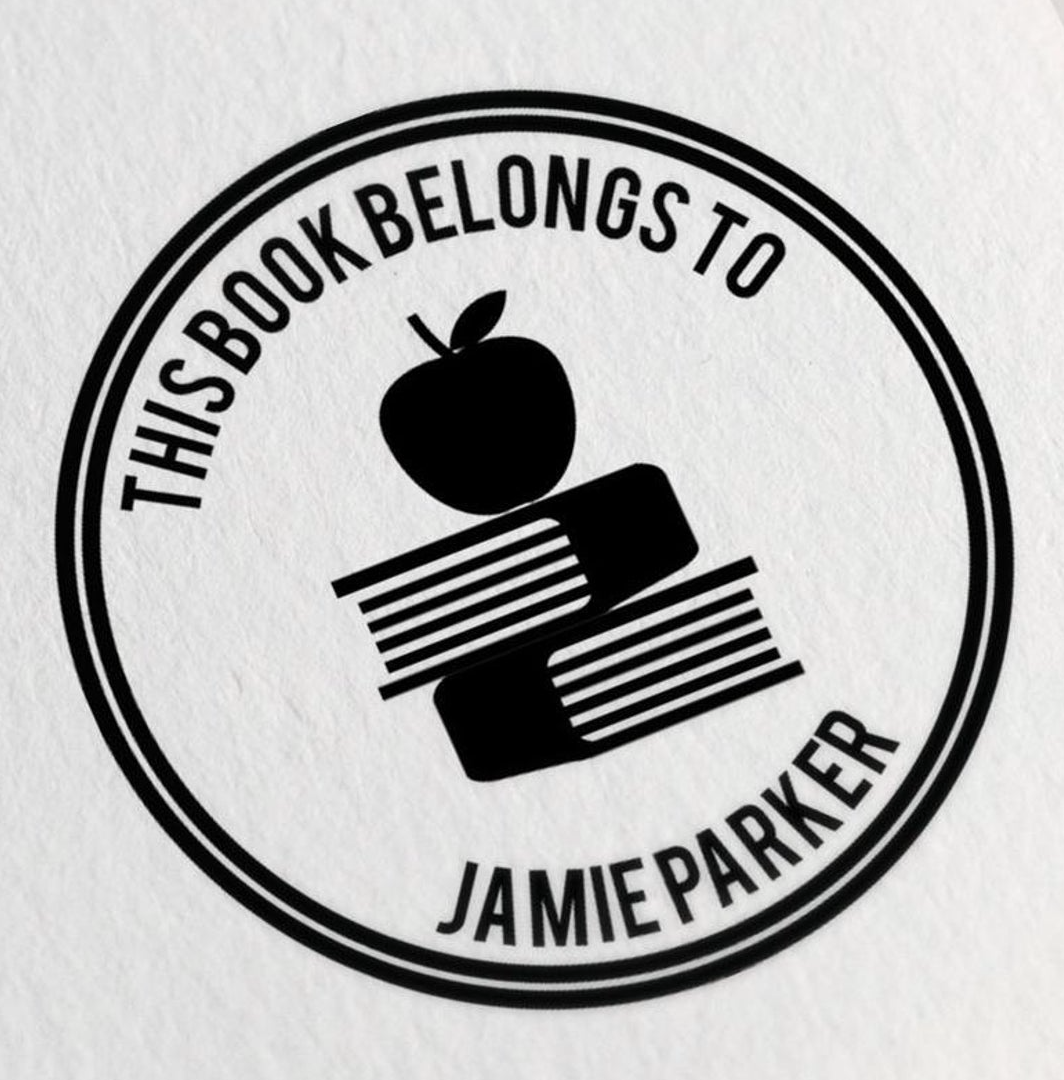
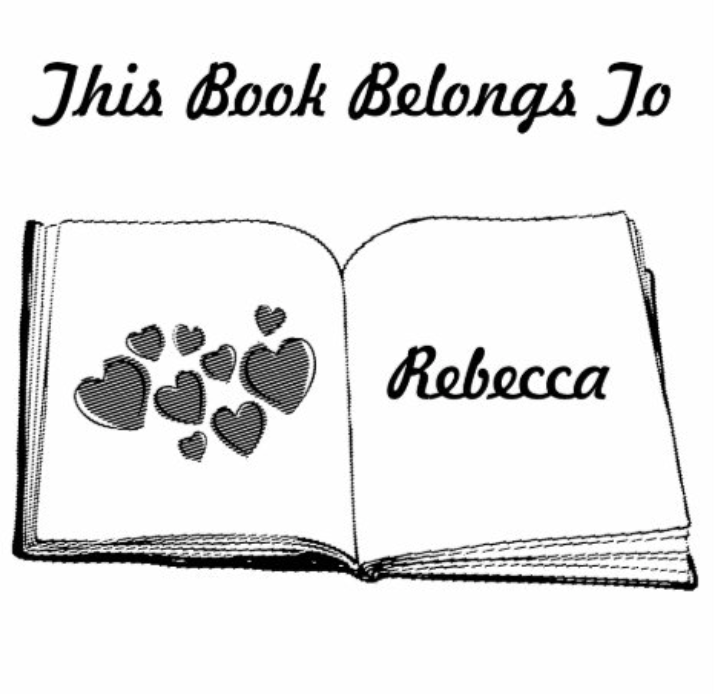
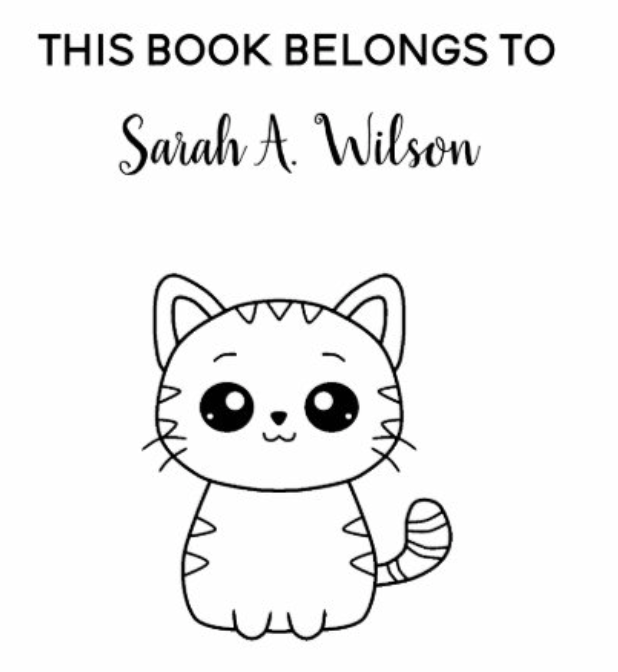
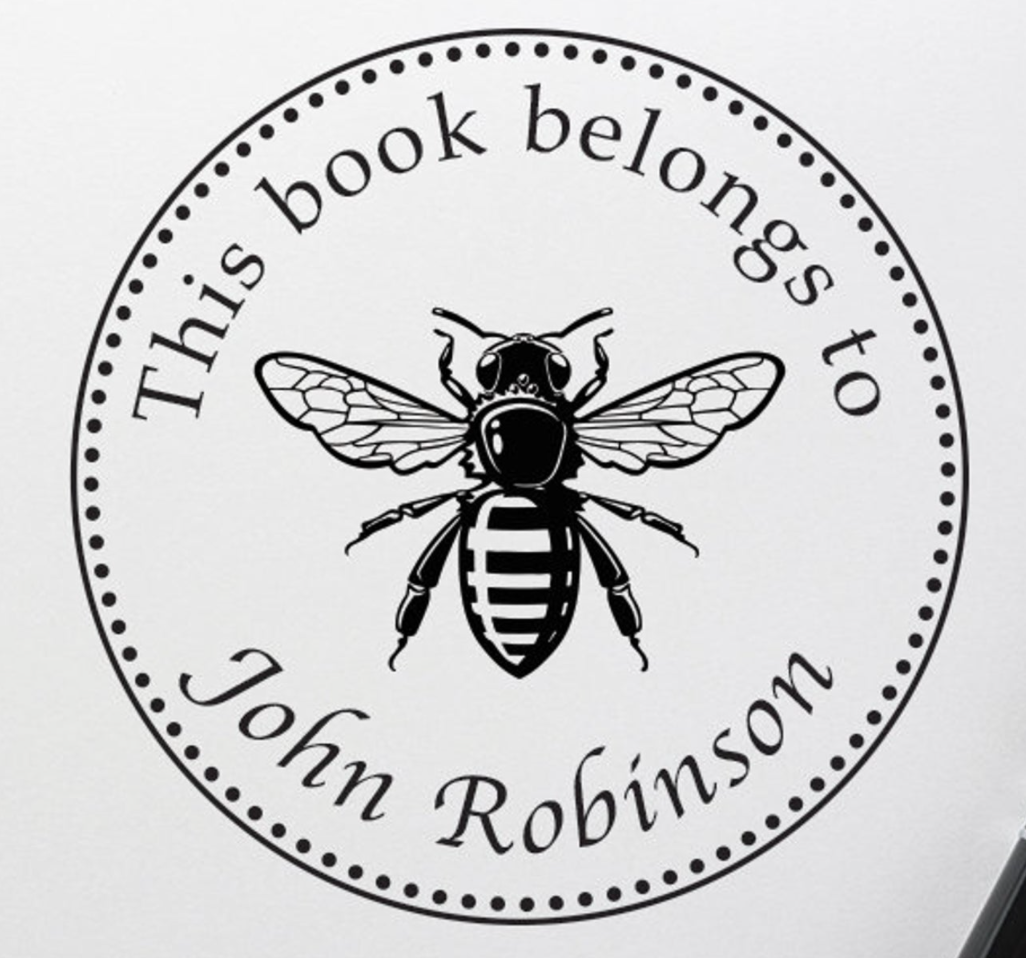

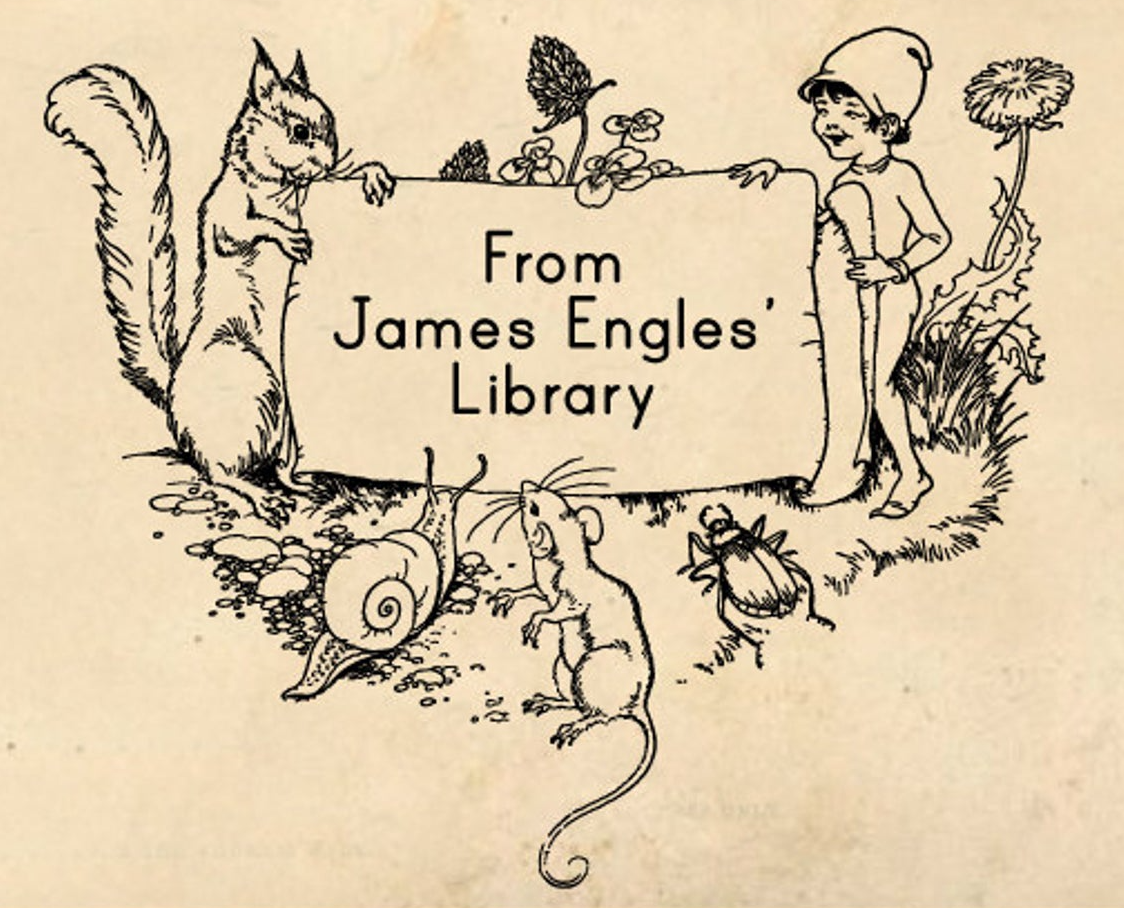
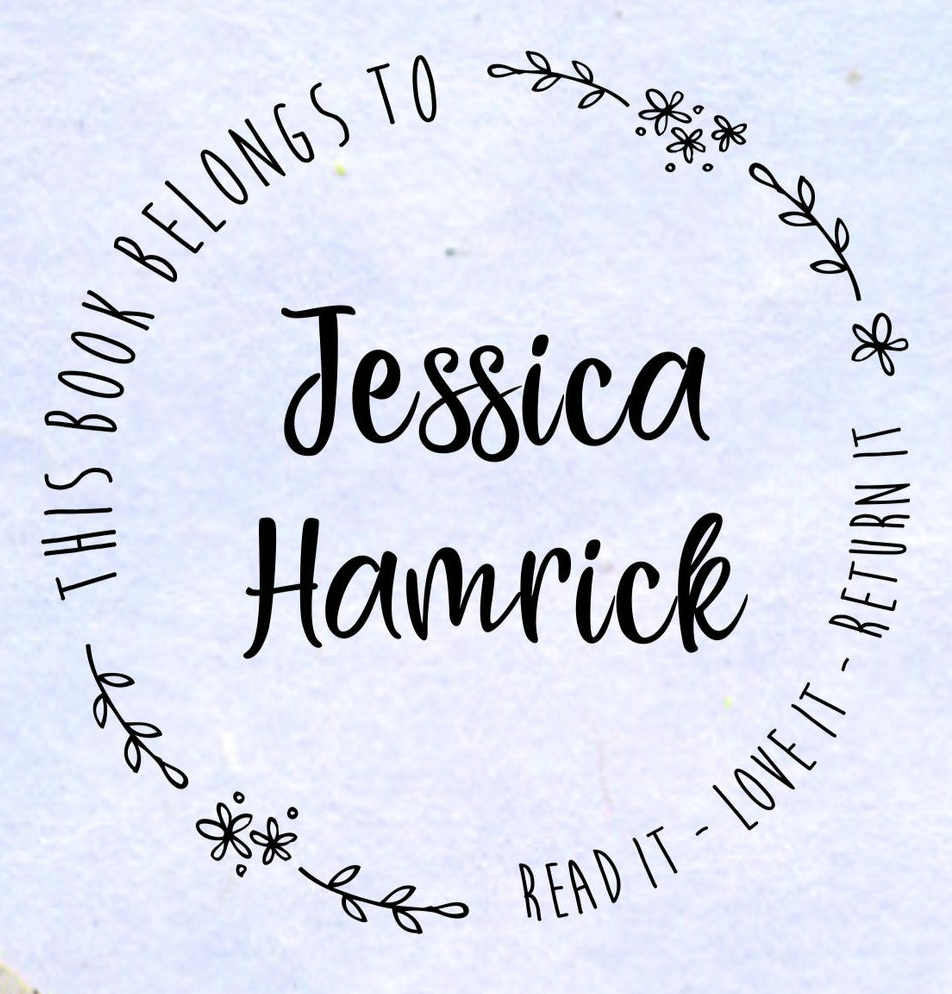
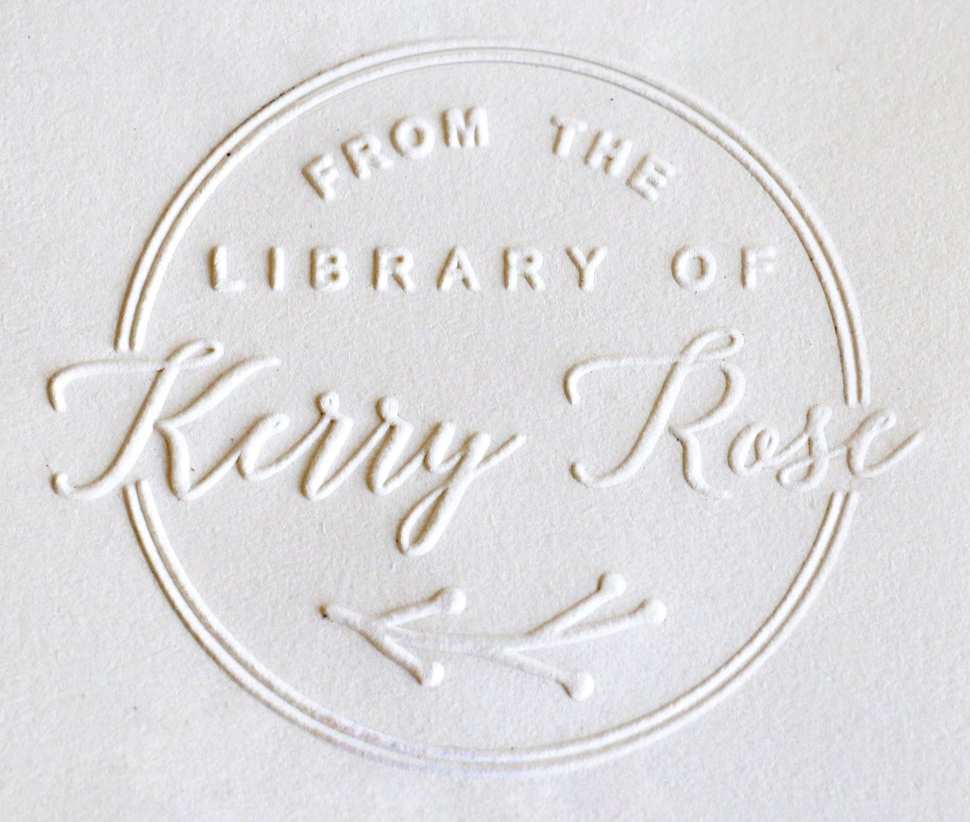
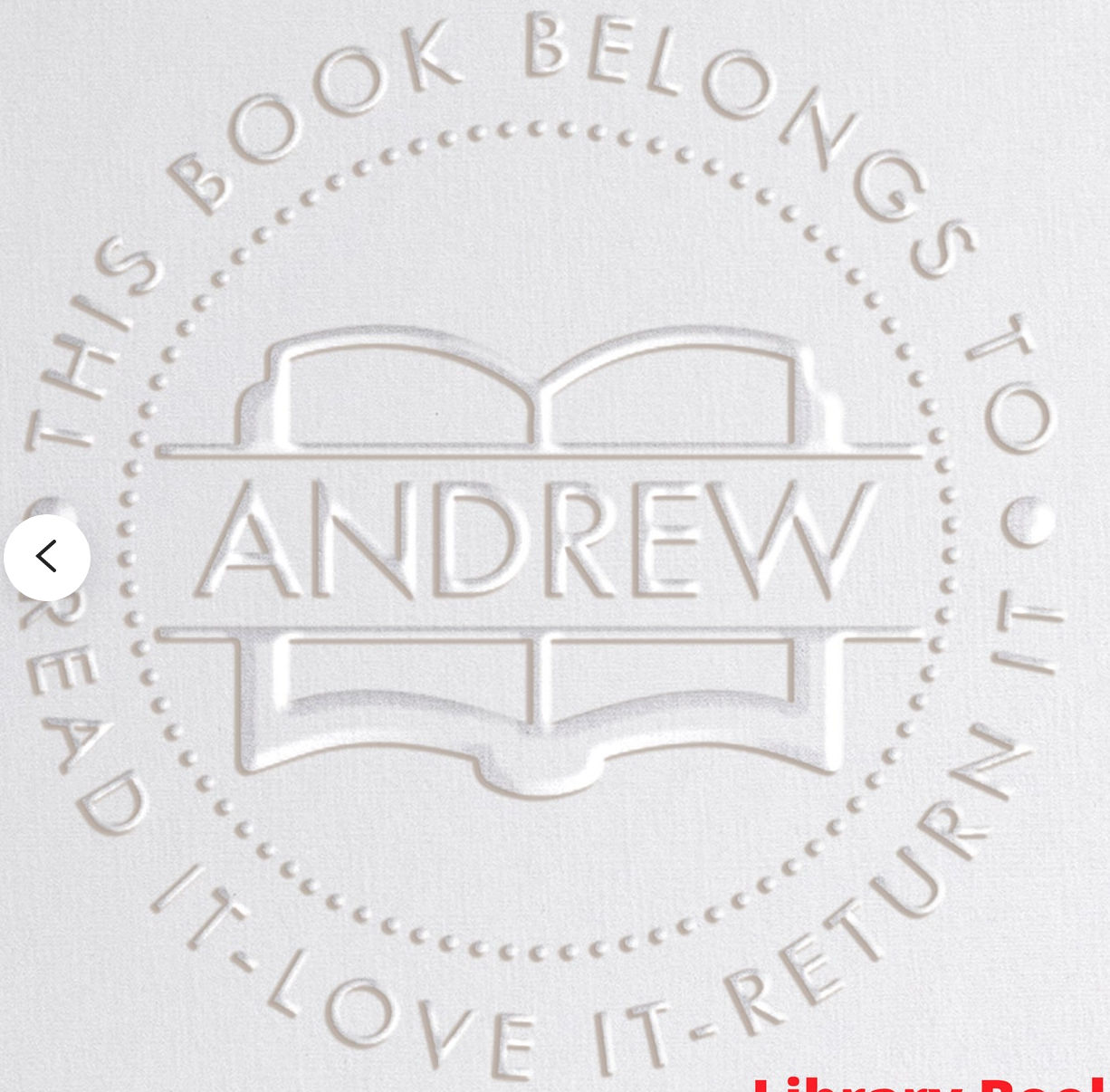
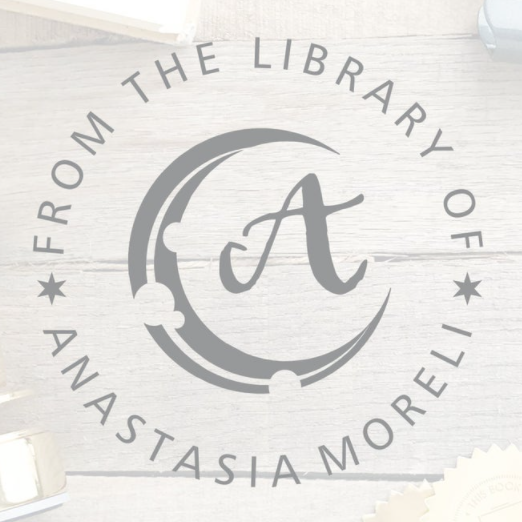
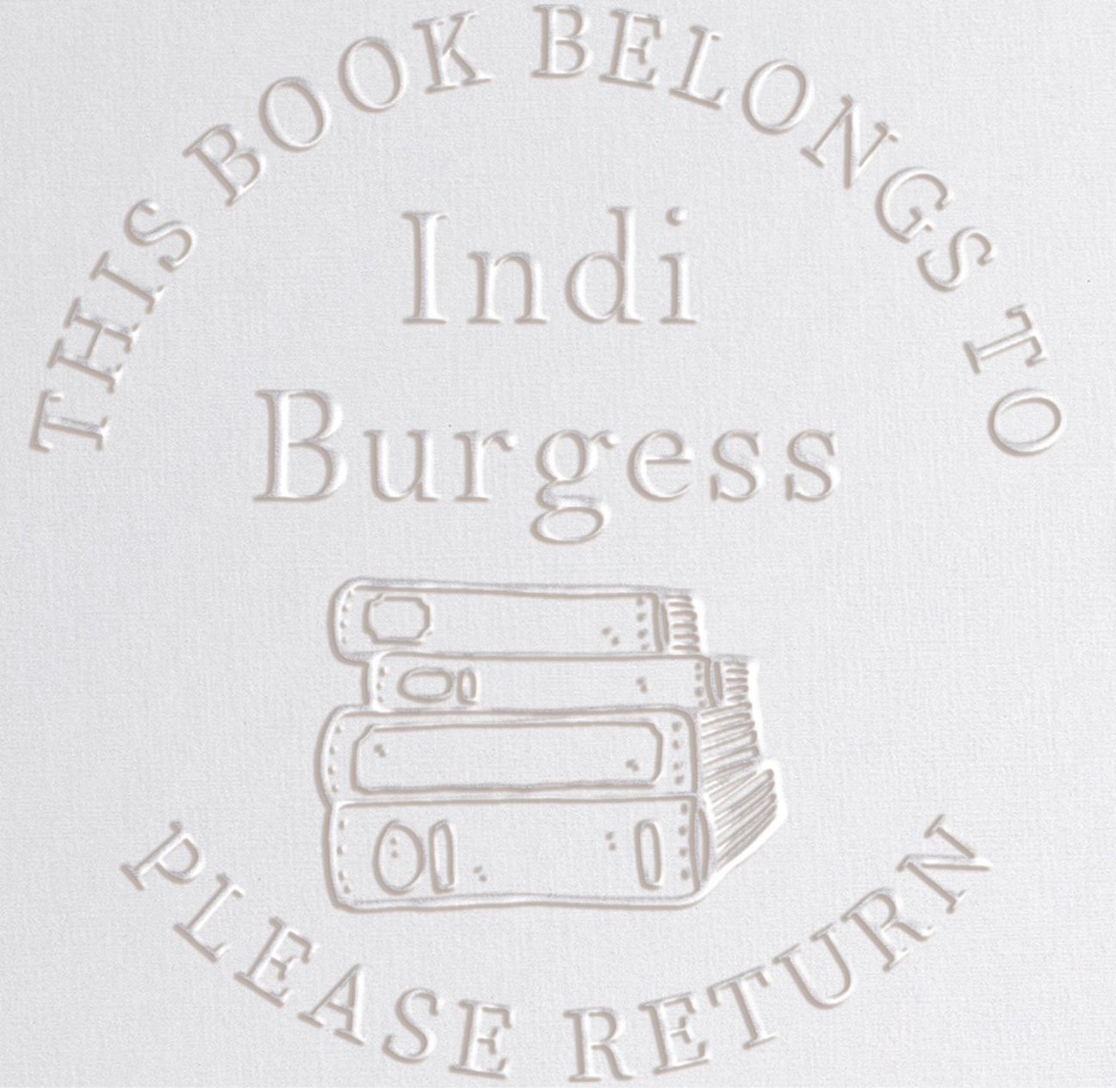




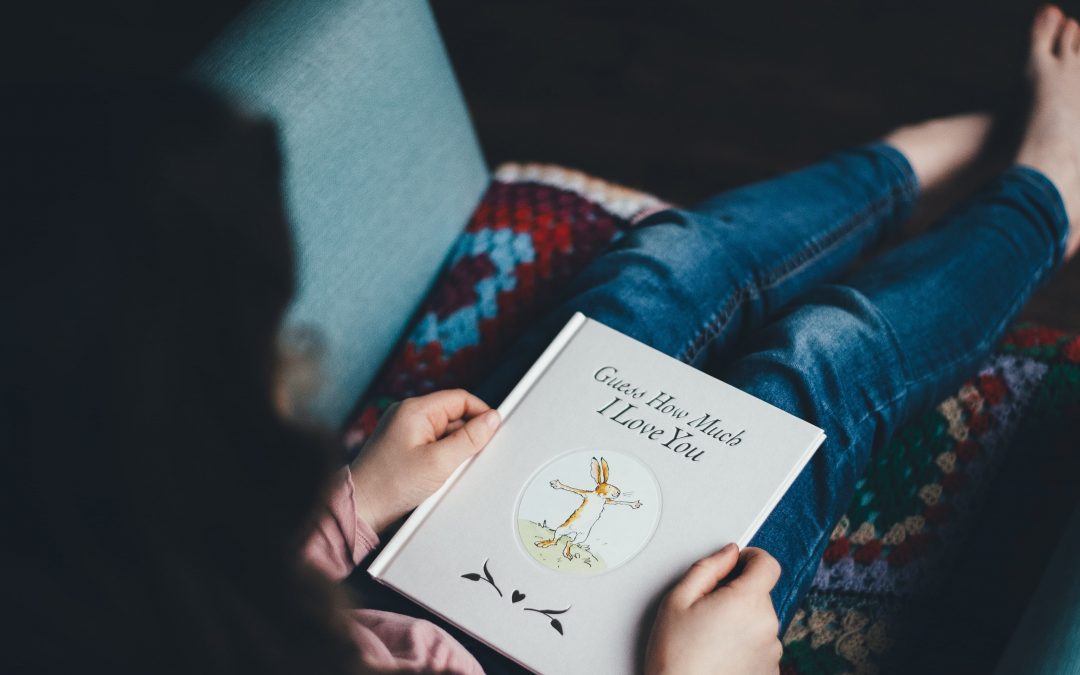


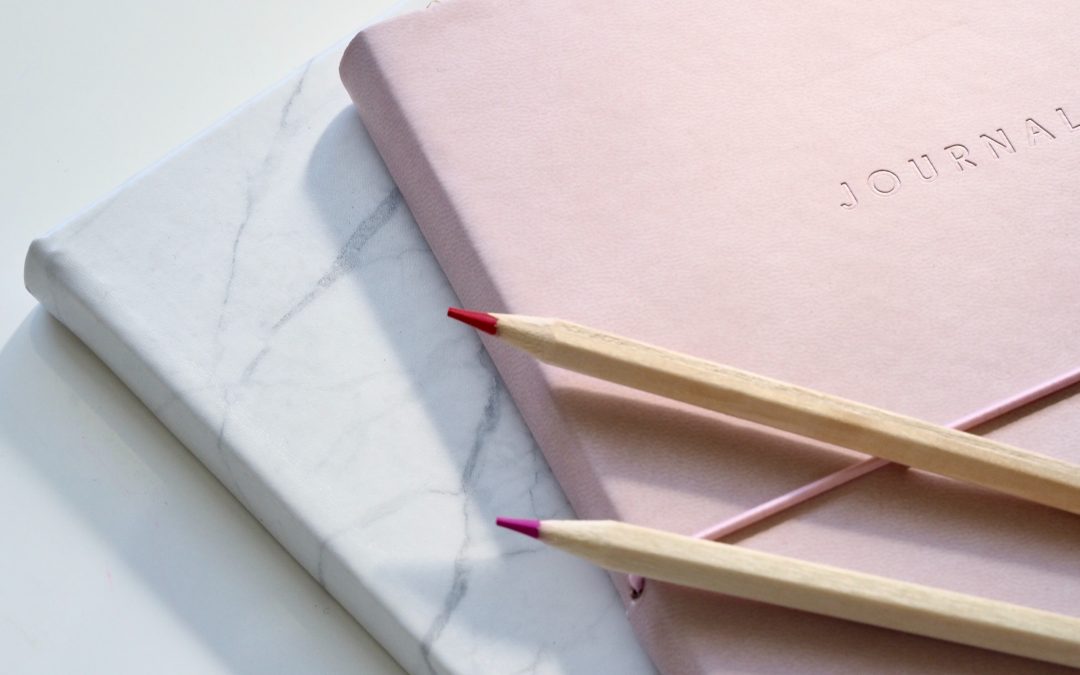


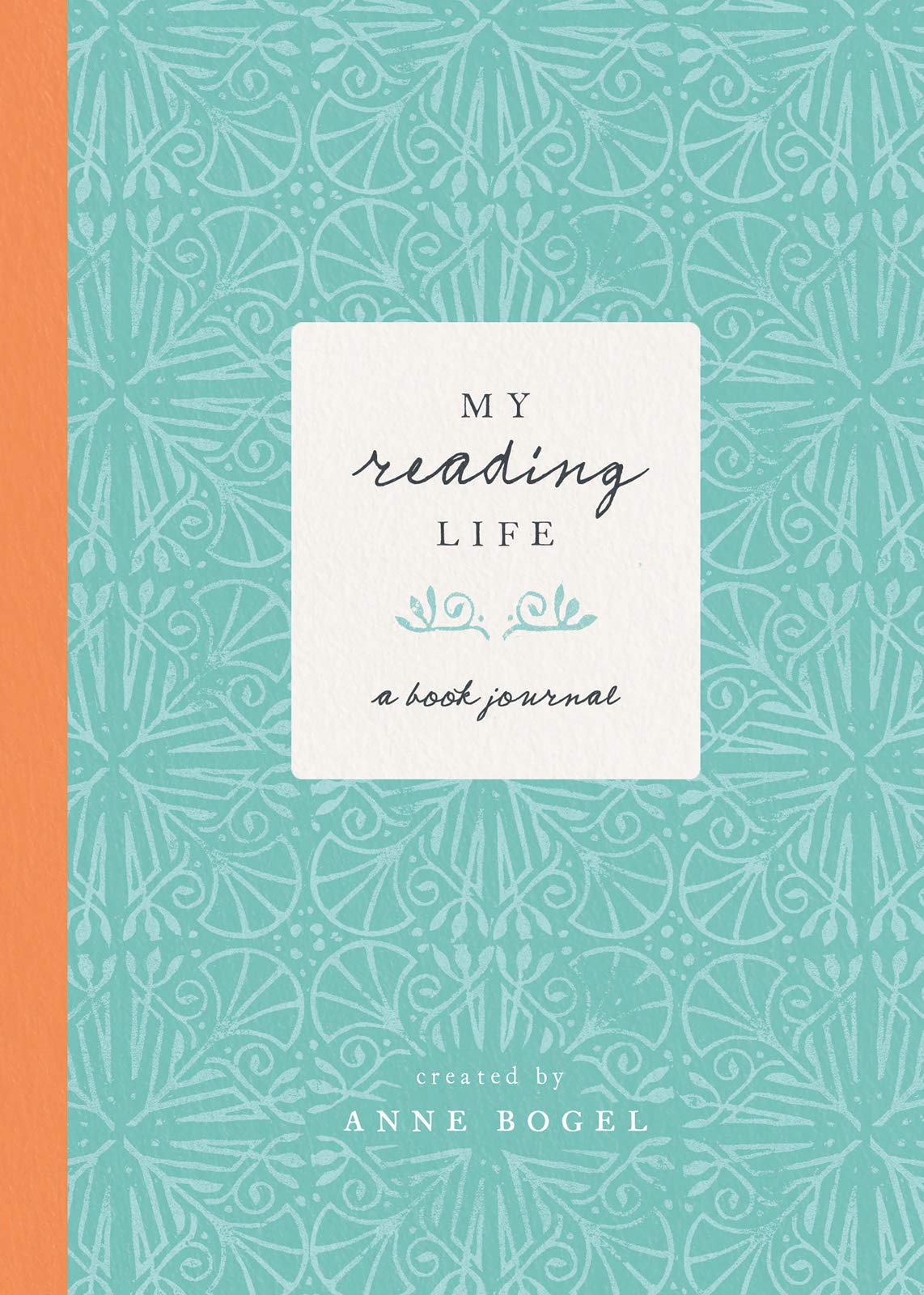

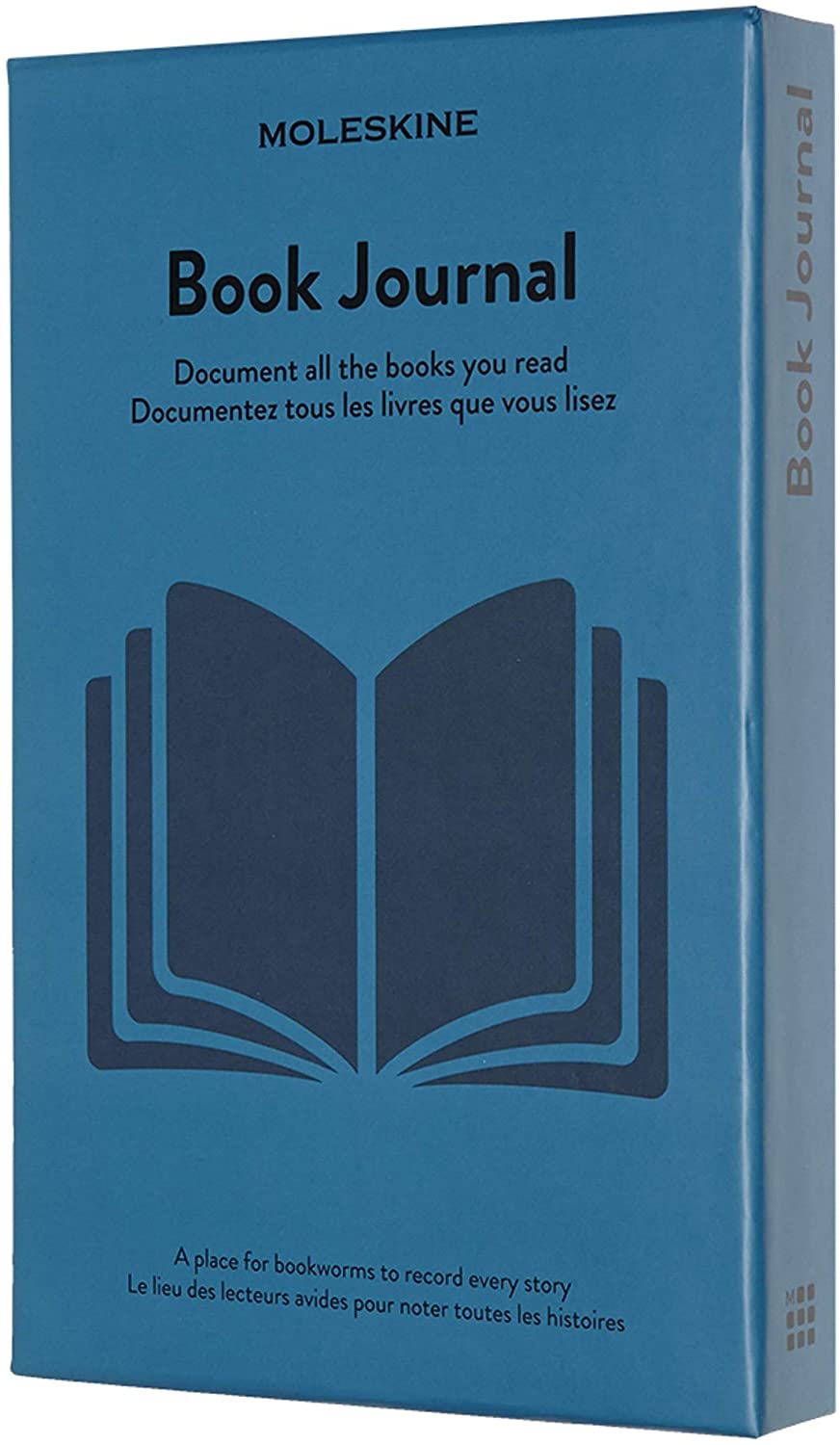


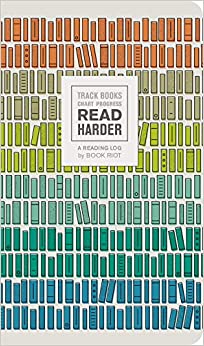

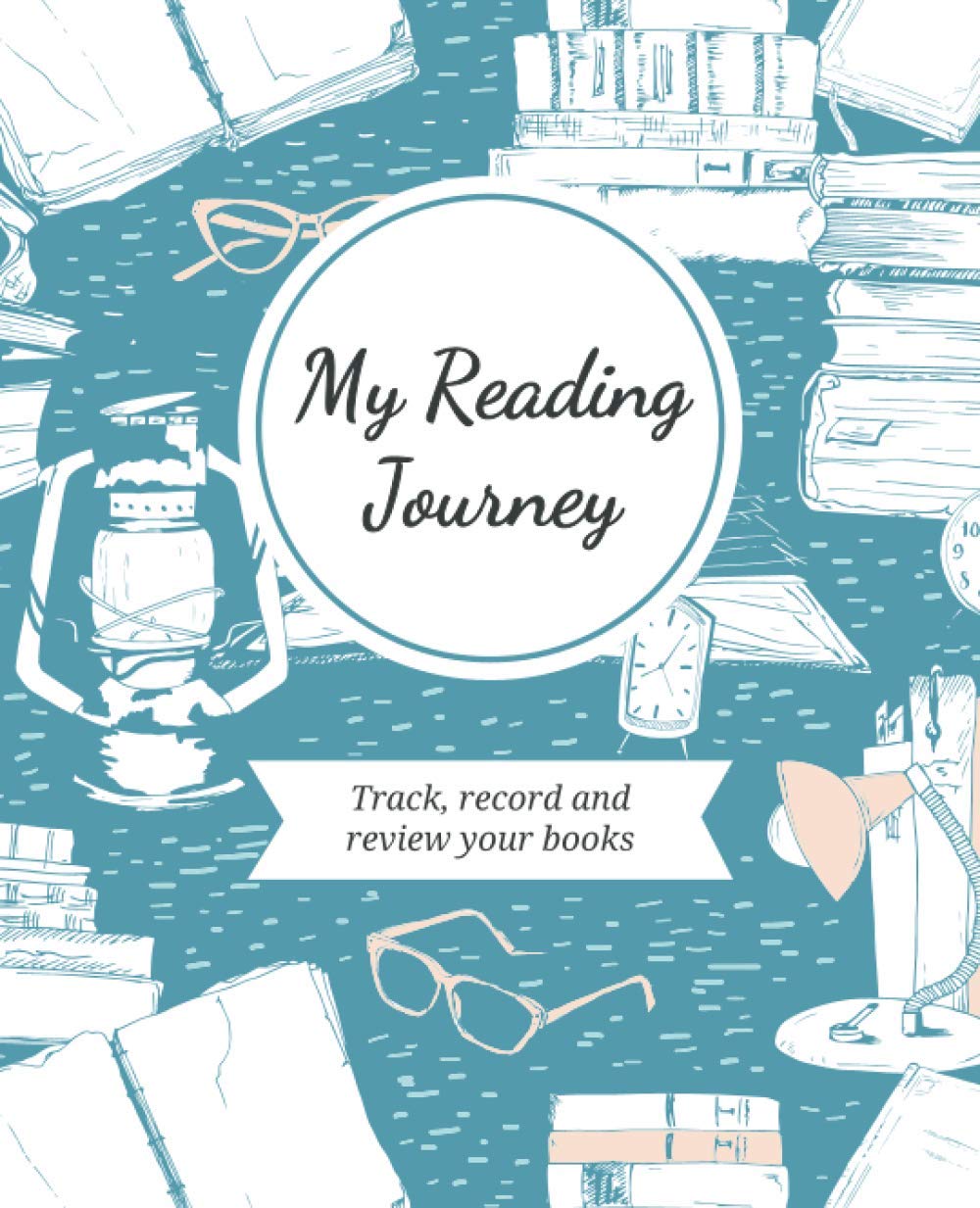
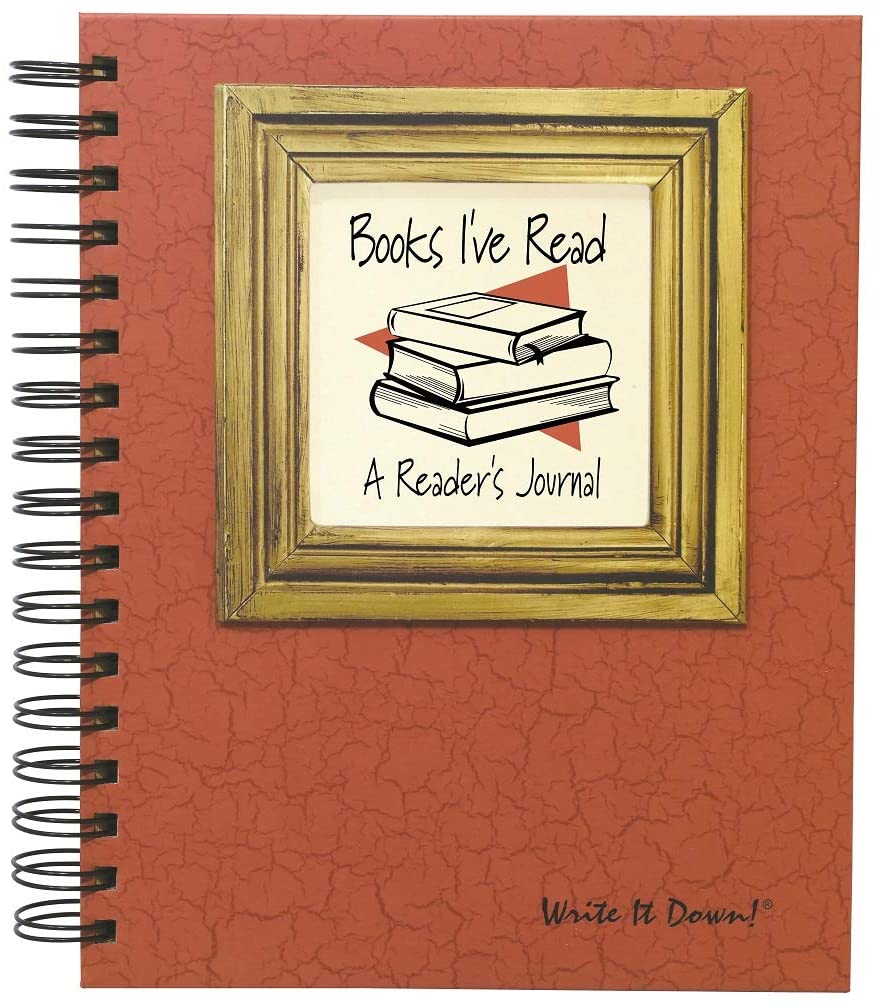


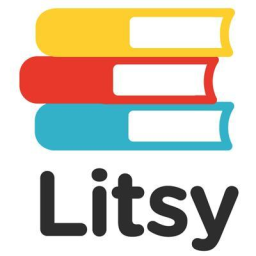
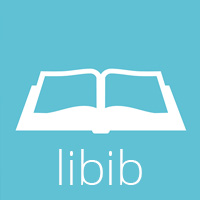








Recent Comments